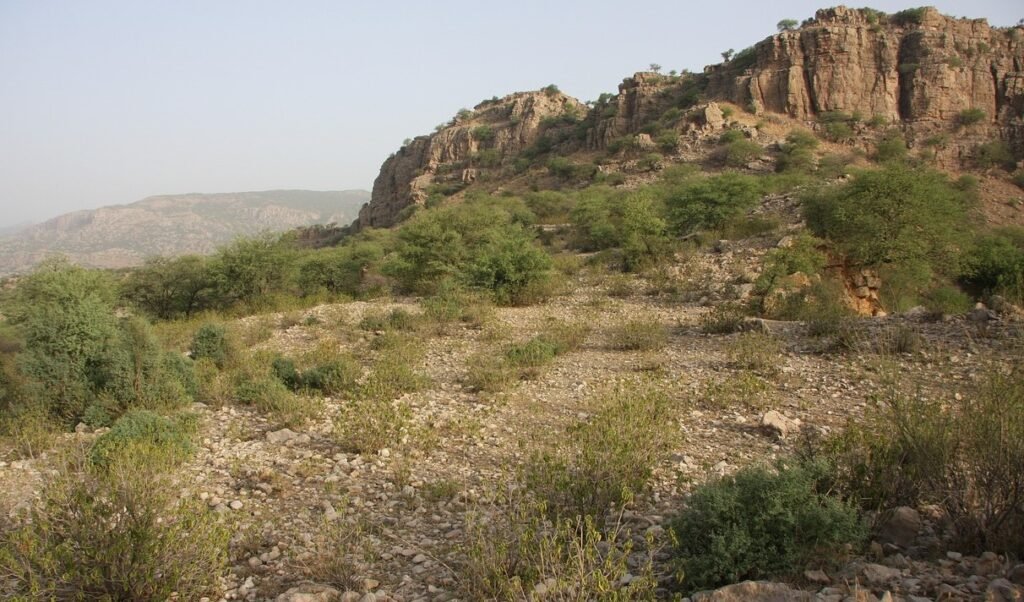In Pakistan, Tharparkar the only fertile desert holds a unique distinction. This vast region, despite being the 18th largest desert globally, boasts fertile land. However, limited rainfall throws a curveball – water scarcity remains a constant hurdle.
Tharparkar the Only Fertile Desert, Limited Water: A Paradox
While the land’s fertility fosters natural vegetation, insufficient rainfall during most of the year restricts residents from fully reaping the benefits. The short rainy season (July-September) transforms the landscape, attracting tourists, primarily from Sindh province. However, this transformation is temporary.
Ponds Offer Temporary Relief
Following the rains, temporary ponds become a lifeline for the local population. This water source, though not ideal, sustains them for about three months, catering to both humans and animals.
Wells: A Deep Challenge
Wells serve as the primary source of water throughout the year. However, the water table lies deep, reaching up to 200 feet. This depth, exacerbated by dry spells, poses a significant challenge. Traditionally, women bear the responsibility of water collection, using ropes and buckets. The well’s depth necessitates teamwork – a team of five to six women are required to draw a single bucket of water.
The Future of Tharparkar the Only Fertile Desert
Tharparkar’s potential is undeniable. Addressing water scarcity through sustainable solutions would unlock the true potential of this fertile desert. This, coupled with infrastructure development, could transform the lives of its residents and create a thriving agricultural hub.


